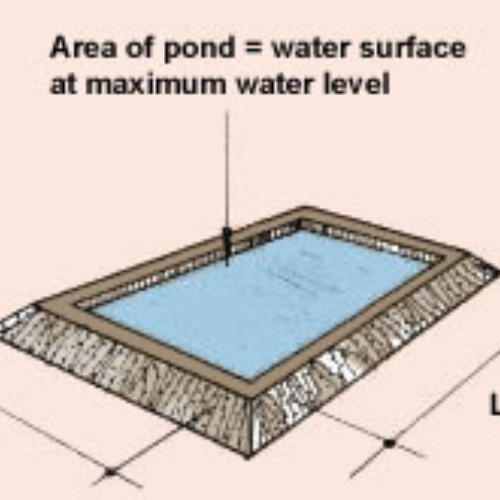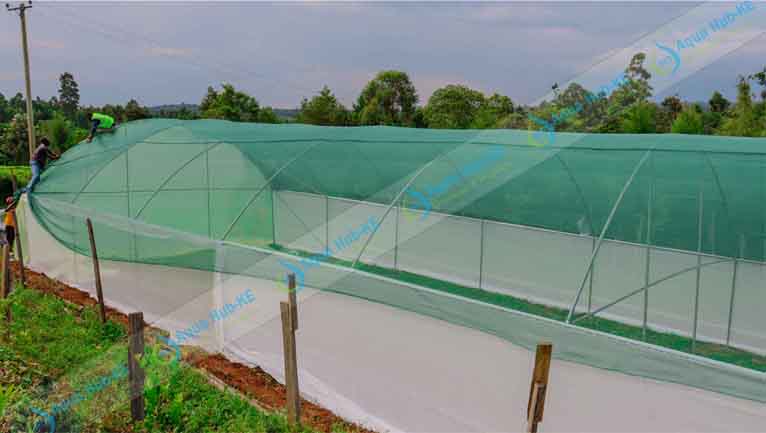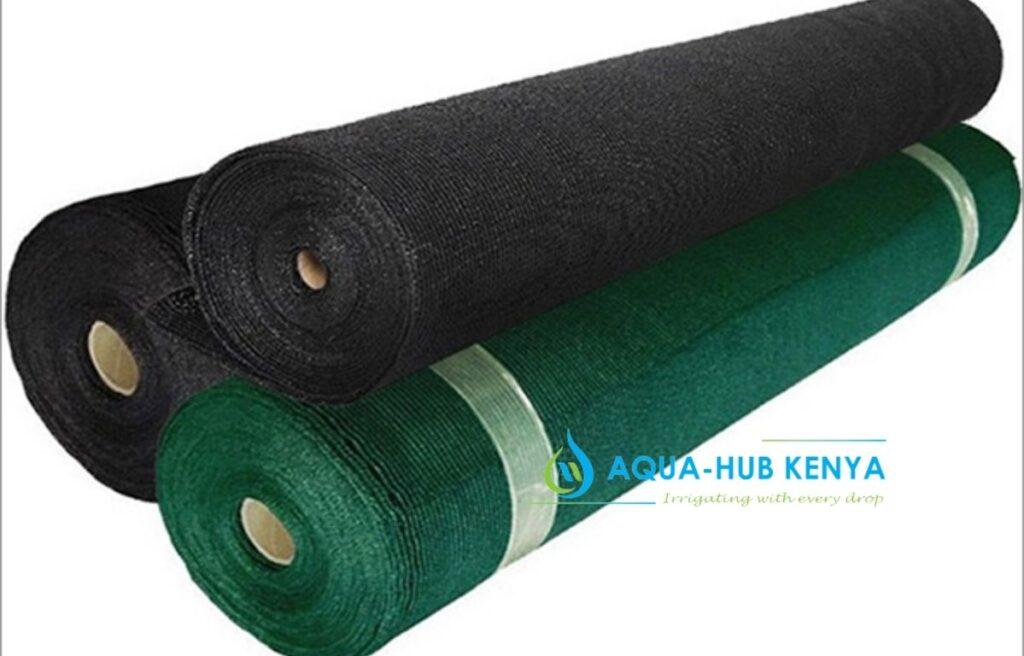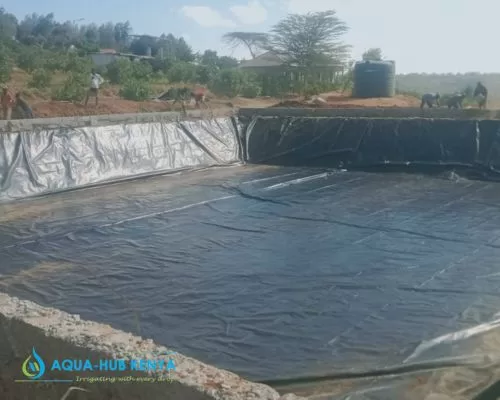Dam liner calculator in Kenya

The dam liner calculator aids in determining the size of dam liner required for your dam. Farmers have a constant difficulty when determining the size of a dam liner necessary for dam lining or fishpond lining. This may be solved with the use of a basic dam liner calculator. The dam liner calculator formula combines the reservoir’s length, breadth, and depth to calculate the final dam liner required in m sq. For rectangular and cylindrical reservoirs, the dam liner calculator is nearly identical.
How much dam liner do I need?
Knowing how much pond liner you require will help you save money. It’s a waste of money to buy anything that’s either too big or too little. Accurate measurements of your pond project are required to calculate how much material you’ll need. These will be necessary to include in a liner calculation. Your measurements will be used to calculate the amount of pond liner and protective underlay you’ll need to buy.

Dam liners provide you more freedom in pond design, allowing you to be more creative. The more you get away from the standard rectangular or circular pond design, the more you’ll need to know about measuring. Remember to add a little more for an overlay with all dimensions. You’ll need to take some measurements to figure out how much dam liner you’ll need.
- Take the longest length.
- Take the broadest width.
- Measure the depth of your pond at its deepest point.
Now multiply one side (Length or Width) by two times the depth plus the overlap amount (0.15m). Because the pond liner must go down one side of the pond and back up the other, the depth of the pond must be increased by two. How much overlay or overlap to include in your estimate is entirely dependent on how you want to install your pond liner. As a result, depending on the installation and edging method, increase or decrease the quantity of overlay.
Dam liner Calculator
The pond’s maximum length and breadth should be measured. For your anchor trench, double the maximum depth by two, and then add two feet of liner to each dimension.
Formula: (Length + (2 x Depth + 1)) by (Width + (2 x Depth + 1))
Calculation of Dam liner required for rectangular dam
Use the dam liner calculator formula to figure out how big a dam liner you’ll need:
Add overall length + twice the allowed depth plus a meter or more on either side for overlap to get the length (longer side).
For width, add overall length plus twice the maximum depth plus a meter or more on either side for overlap (short side).
For instance, assuming you have a pond measuring 15m long by 5m wide and 3m deep.
Dam liner required =?
Length = L+2*D+ (1+1)
Width = W+2*D+ (1+1)
Therefore, Length = 15 + (2*3) +2
= 15+6+2
Length = 23m
Width = 5 + (2*3) +2
= 5+6+2
Width = 13m
So dam liner required= 23m x 13m.
NB: Allow 2m for overlap to ensure the dam liner is securely fastened around the sides.
Calculation of Dam liner required for Cylindrical/Circular dam
Simply double the diameter of the tank by twice its height, adding a margin on either side for overlap, to get measurements for a cylindrical tank.
From instance, diameter is 15m, height is 4m, and allowance for one side is 0.5m. The dam liner required will be:
Length = 15m + (3+3) + (0.5+0.5)
=15+6+1
= 22m
Since it’s a circular tank, the length equals the width, so width = 22m.
Therefore, Dam liner required = 15m by 15m = 484m2

Calculation of Dam liner required for an L or U-shaped dam
The best technique to obtain measurements for more complex pond designs, such as an L-shaped or U-shaped pond, is to split the pond into portions. An L-shape would be measured as a square plus a rectangle. The depth of the meeting point between the two lines only has to be factored in once. Alternatively, you may compute the form as a whole:
- Calculate the greatest depth possible.
- Measure the length of the pond’s two outermost longest sides.
- To calculate the pond liner dimensions, multiply the maximum depth measurement by three and add it to the two longest lengths of your pond.
What shape should my dam be?
The form of your dam is mostly a matter of personal taste. It’s best to avoid angular or unusual designs and preserve the pond with big sweeping arcs. This is due to the fact that it might obstruct the normal flow of water and develop huge trash deposits within the liner.
Where should I construct my pond/dam?
To minimize dead leaf litter falling into the water, ponds should be placed away from overhanging trees. Ponds should be exposed to the sun for at least half of the day and protected from the elements. High water tables might allow water to flow beneath the liner, generating bulges and bubbles that are vulnerable to damage.












